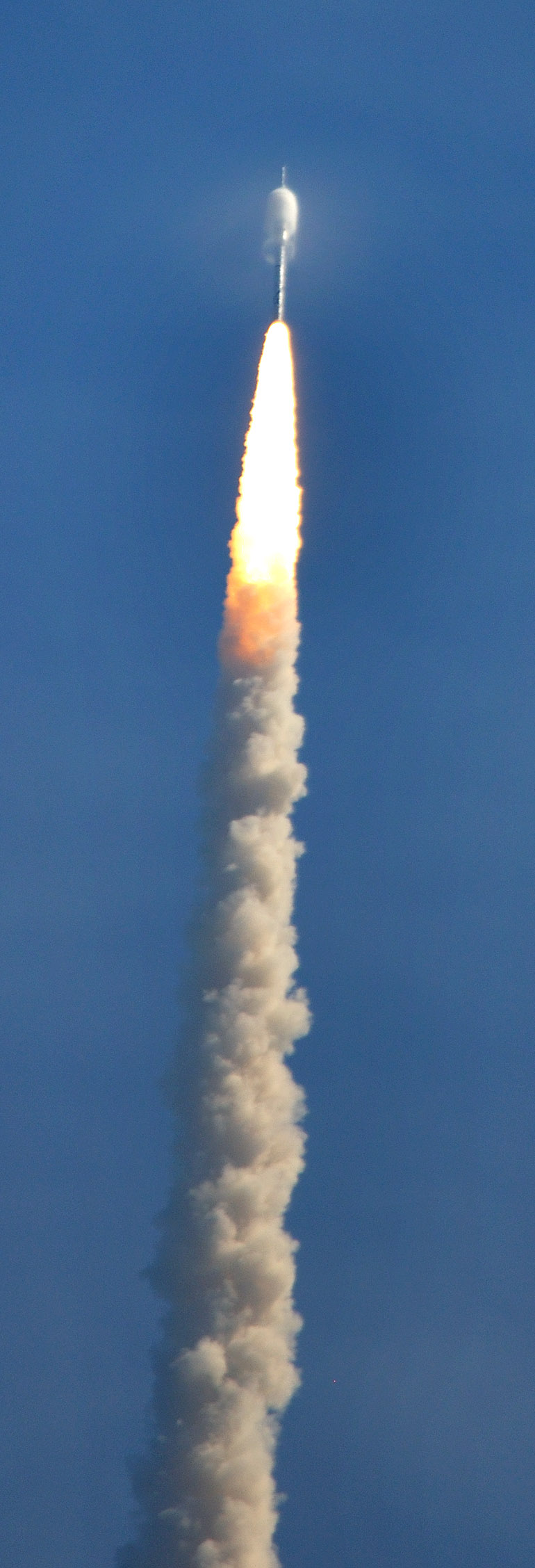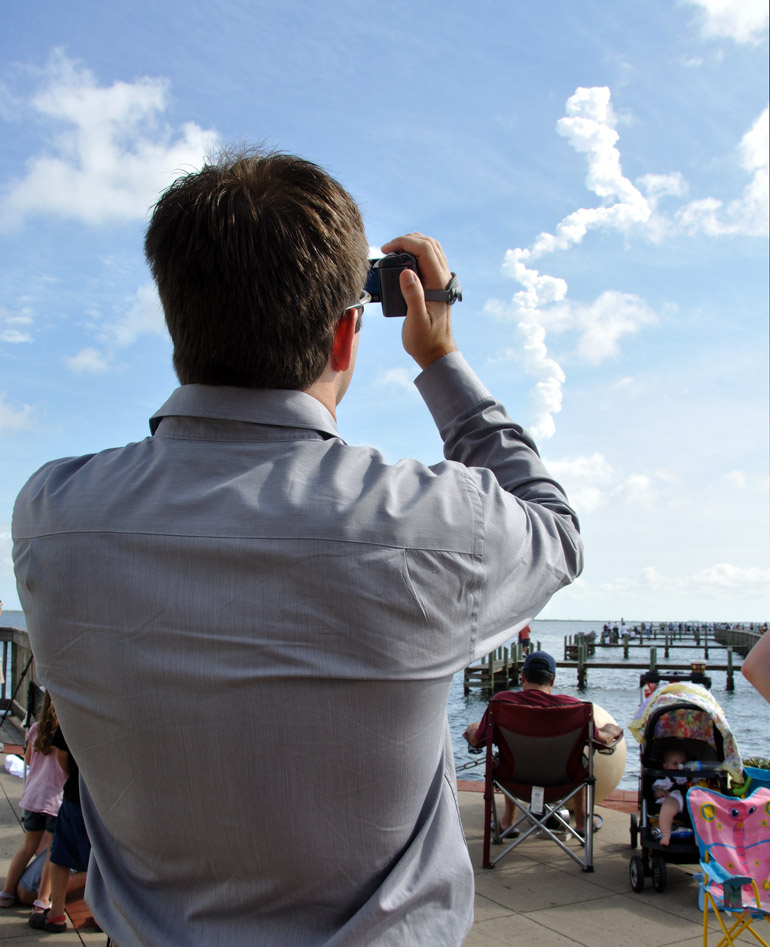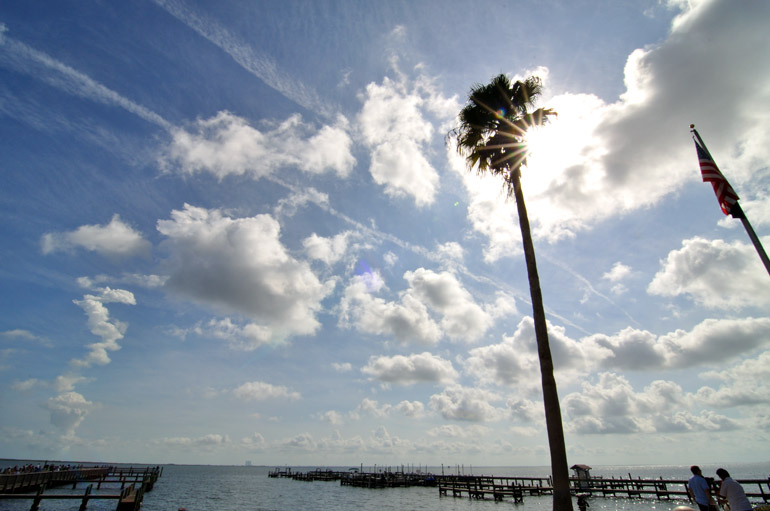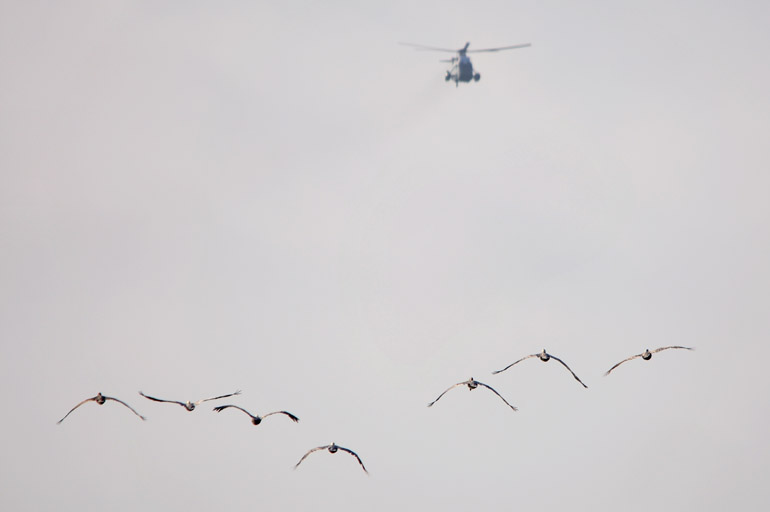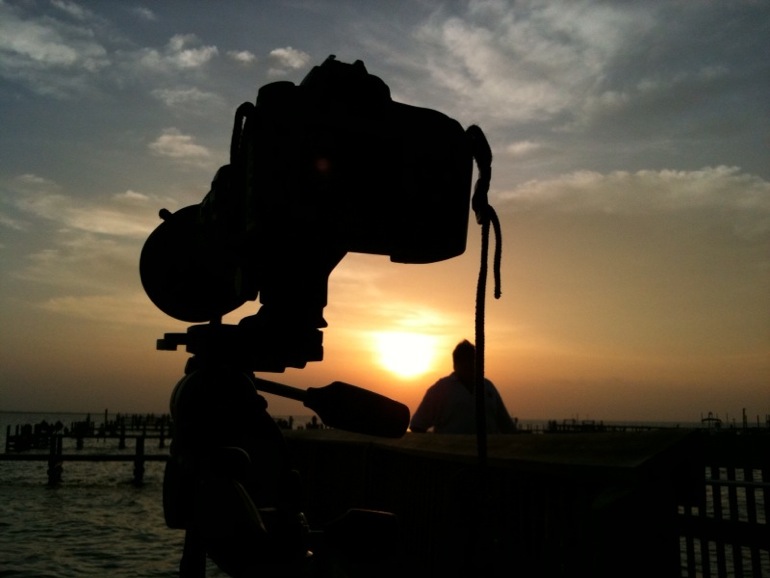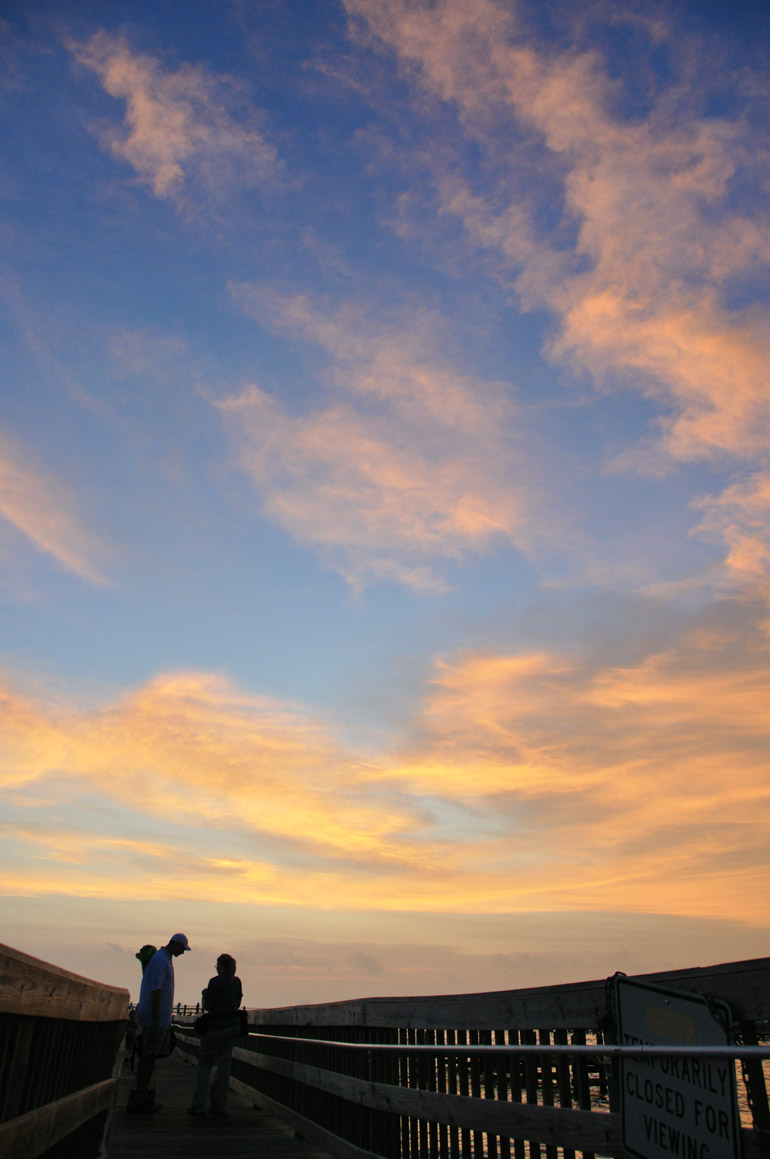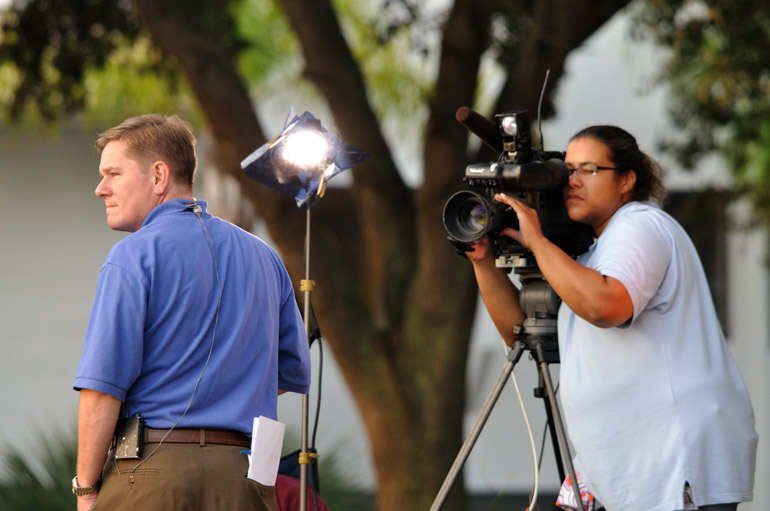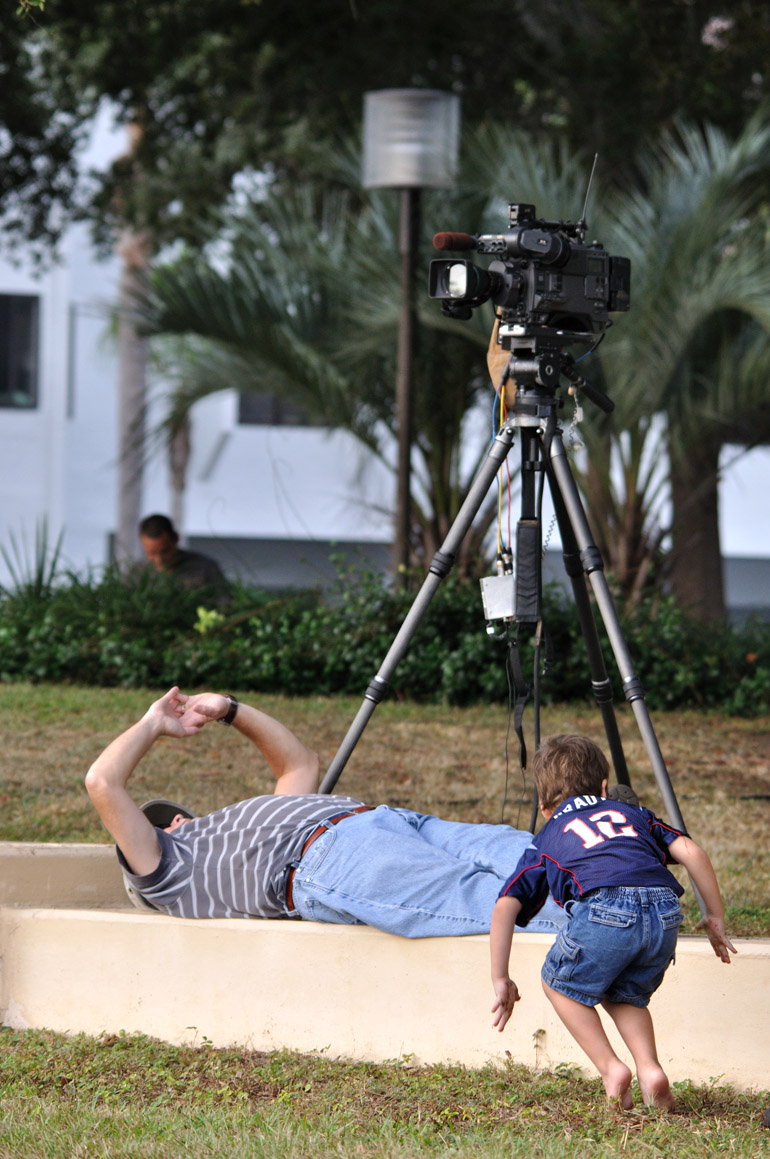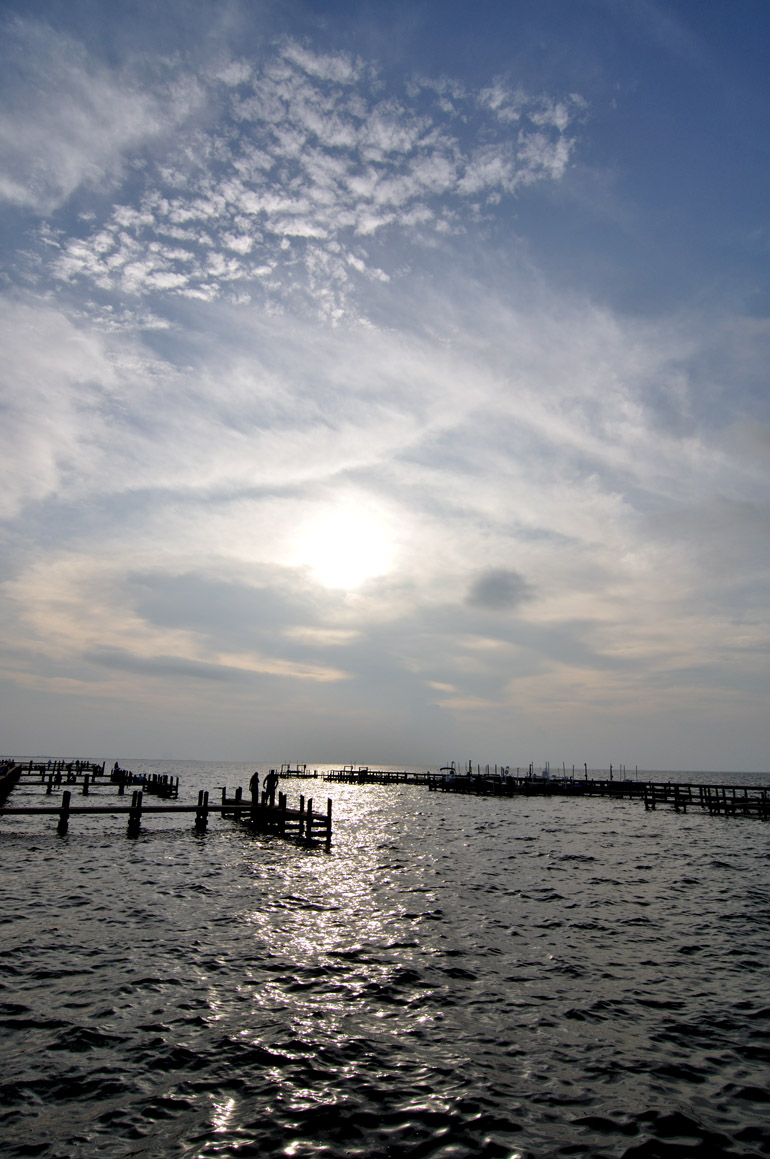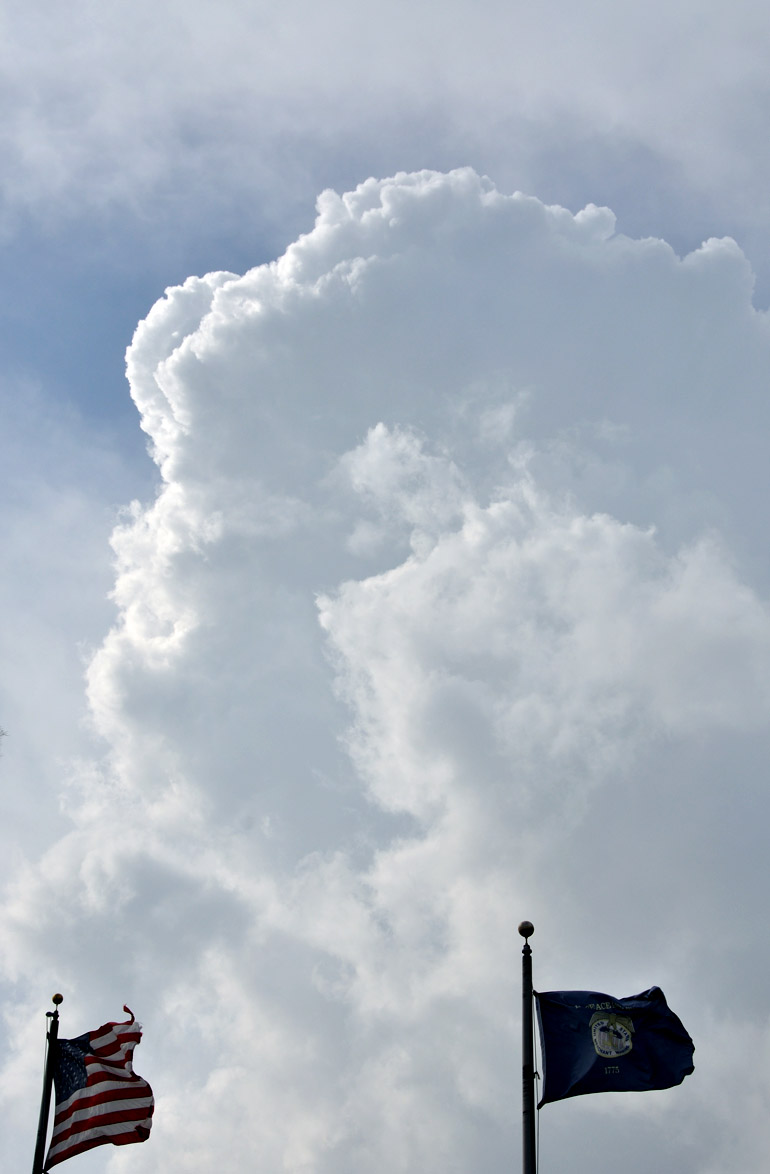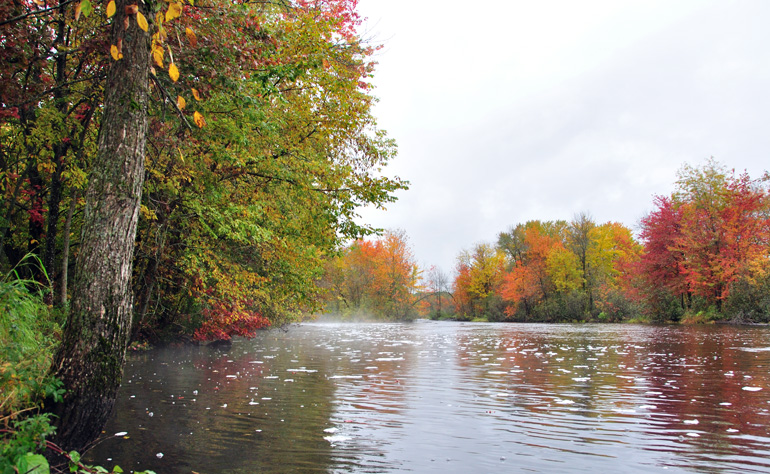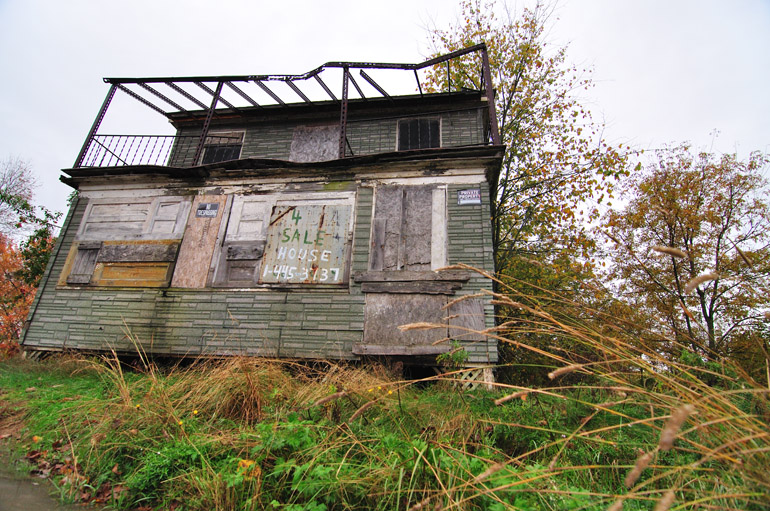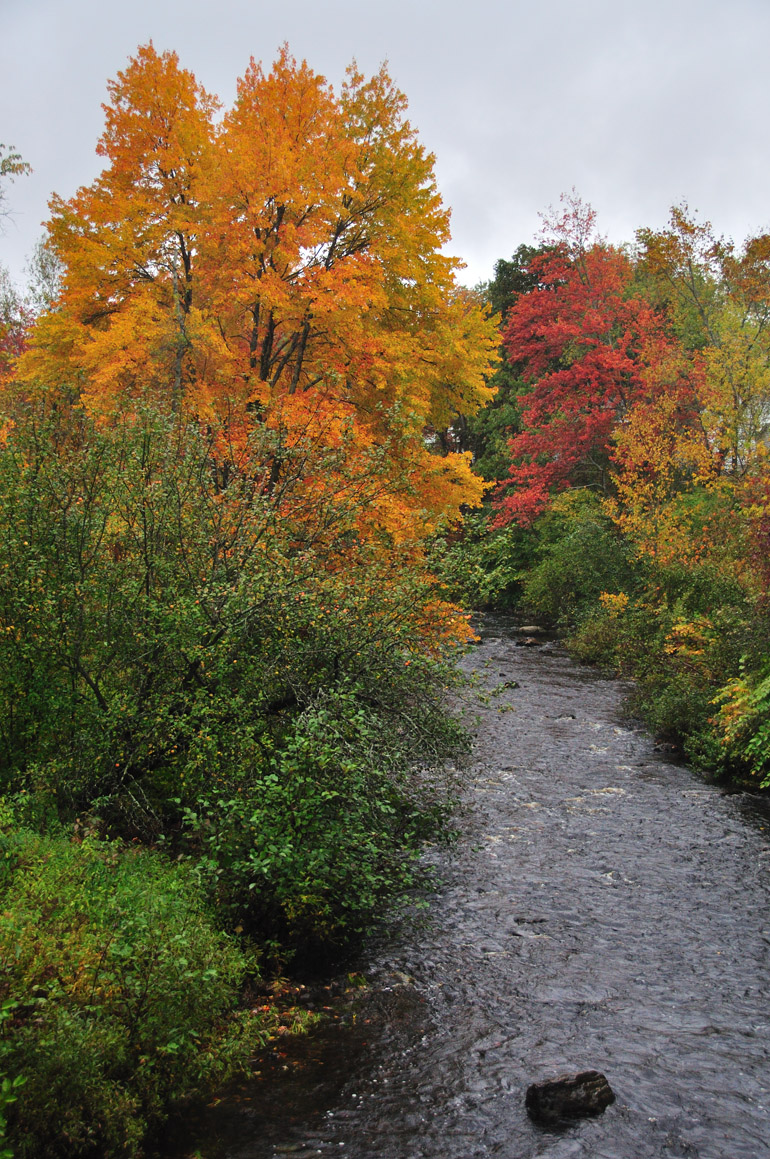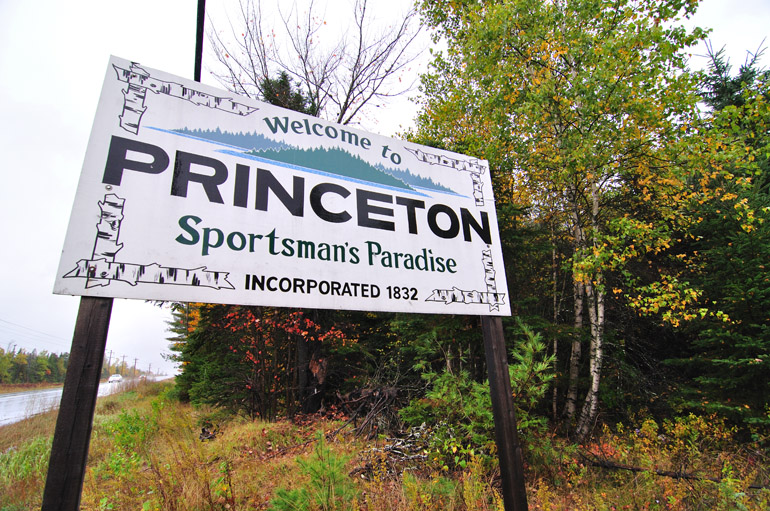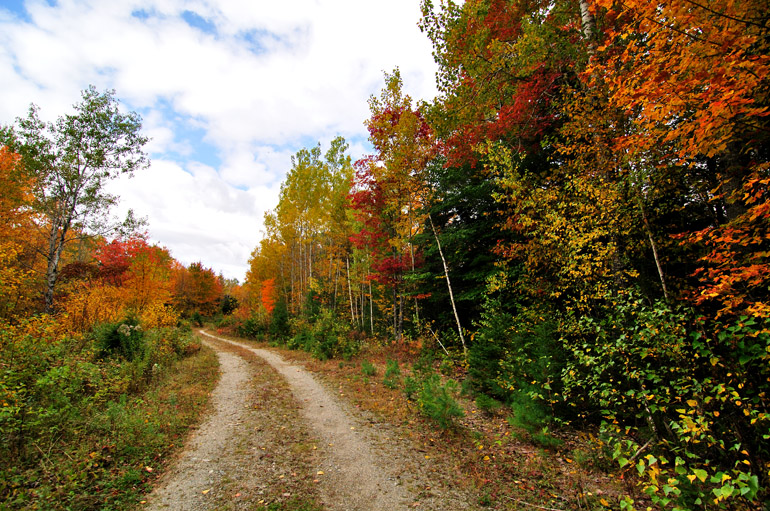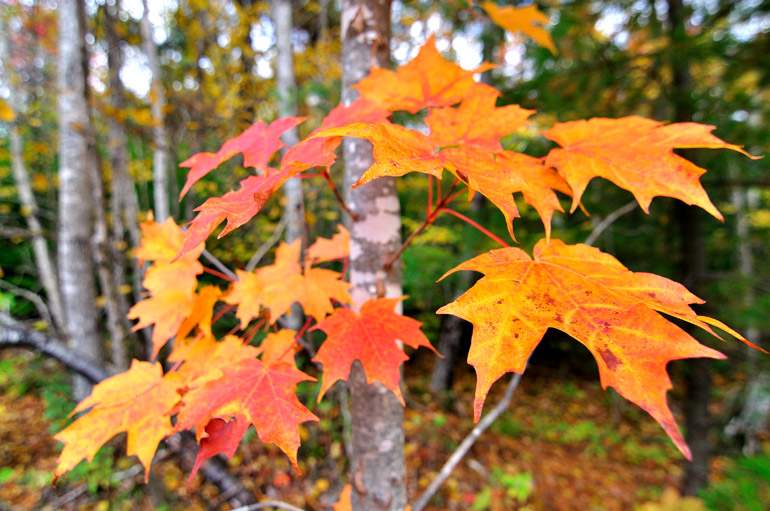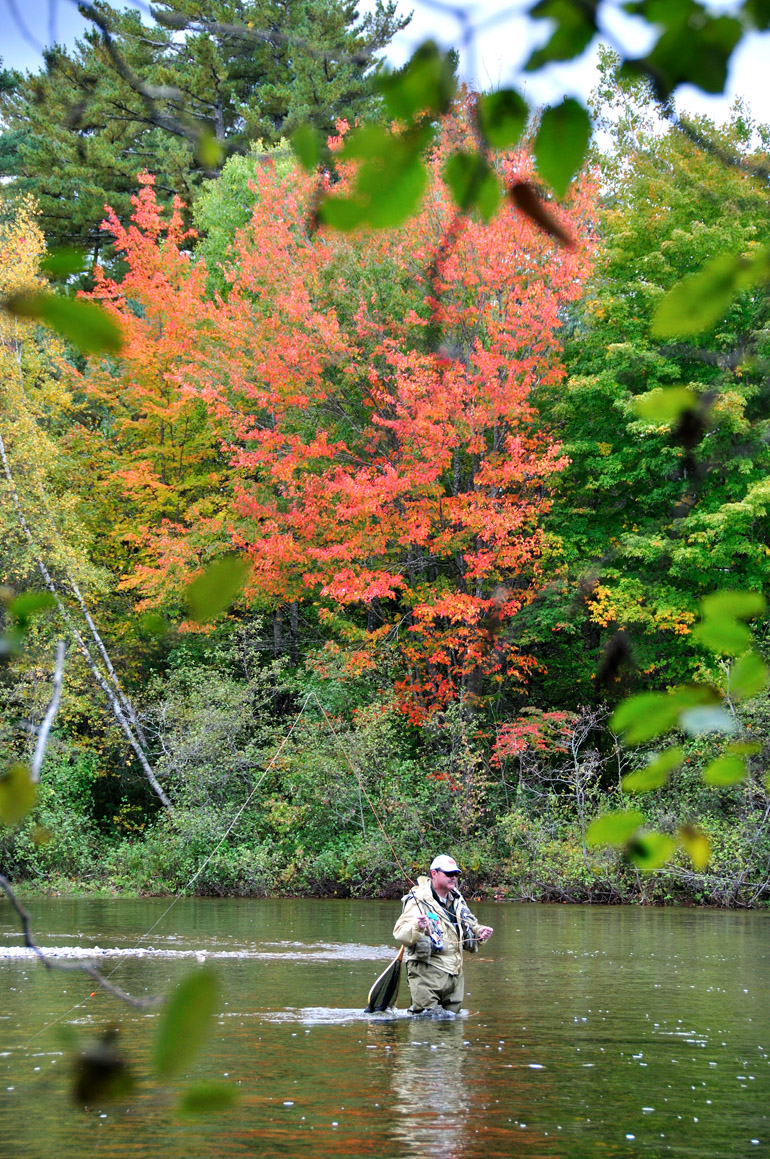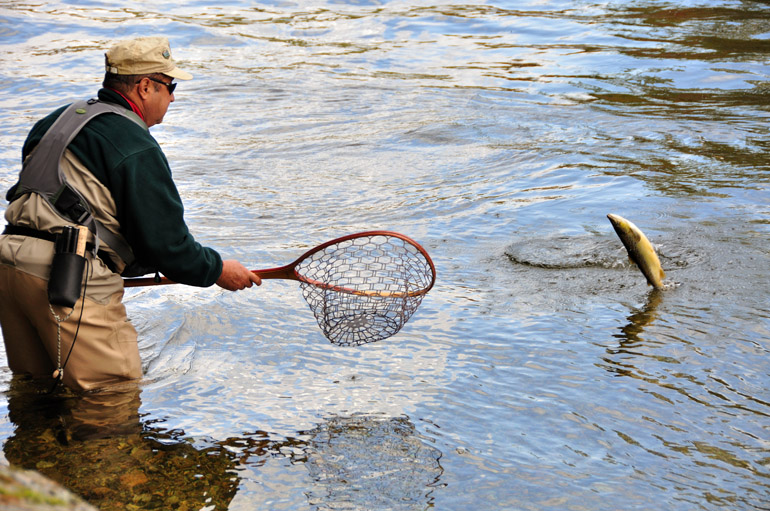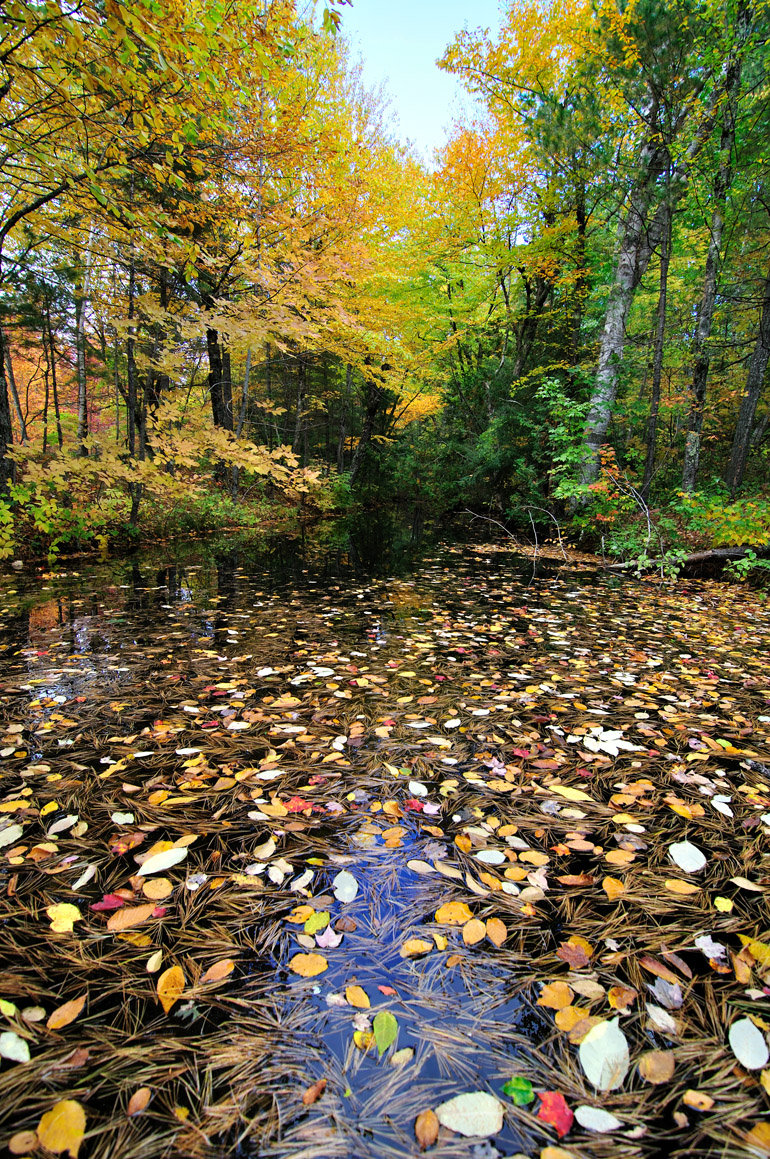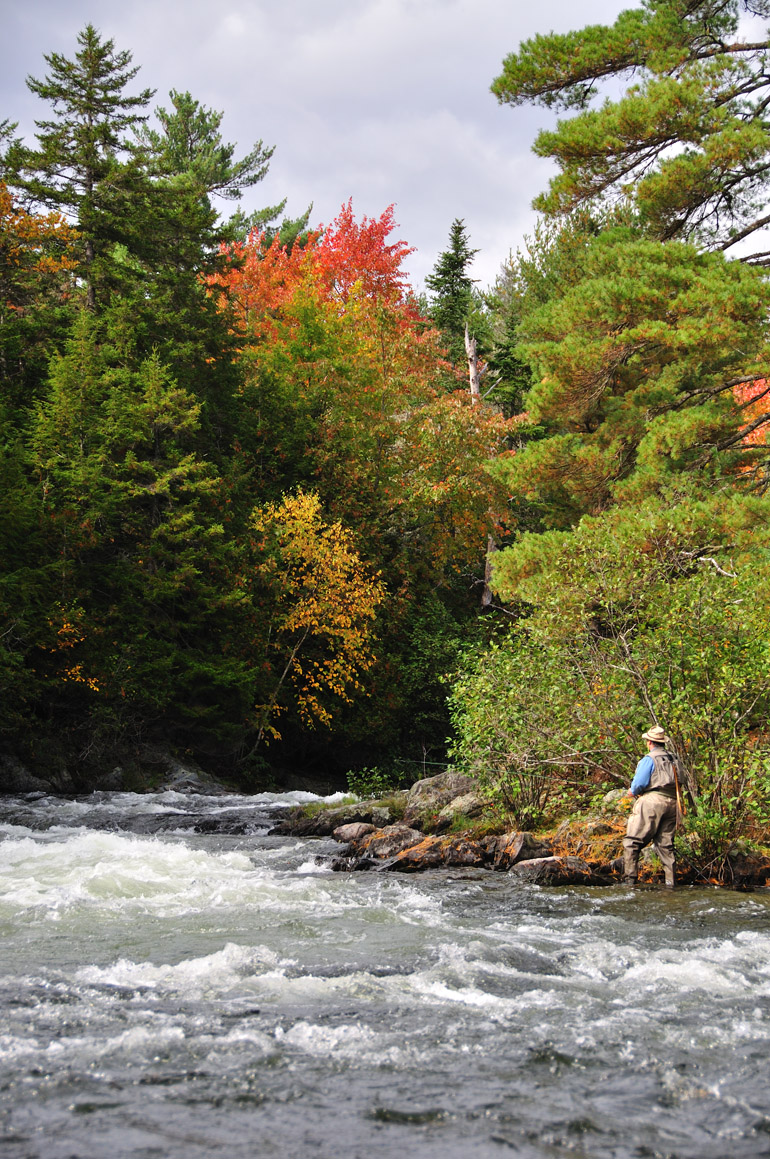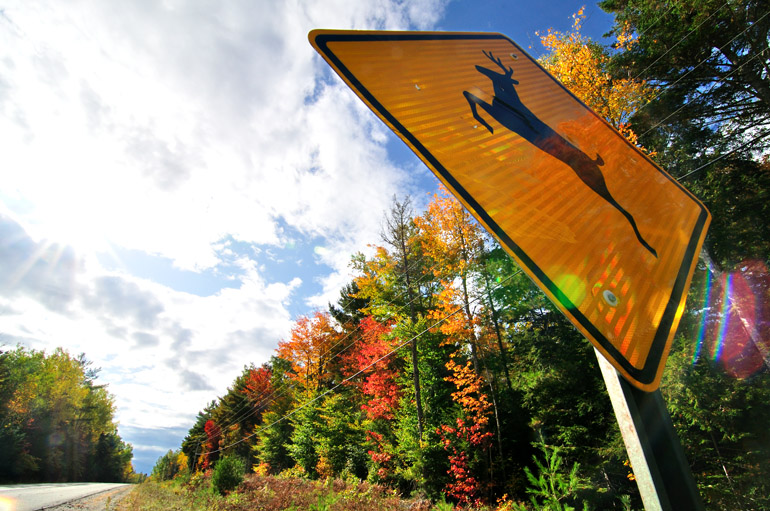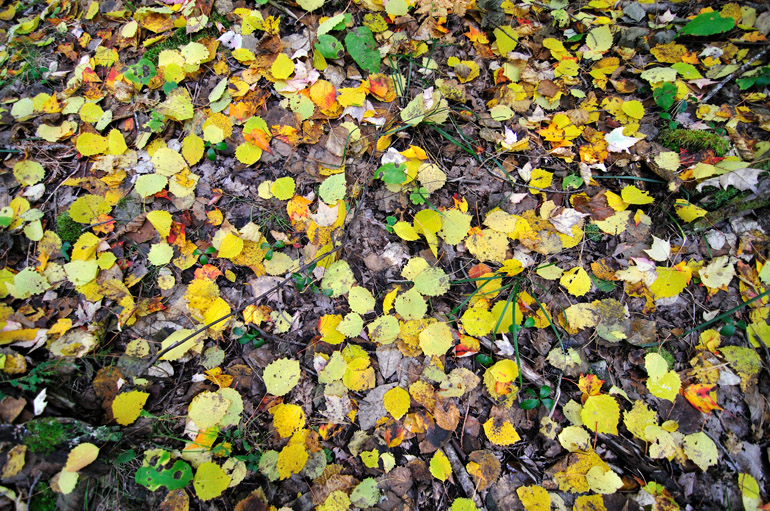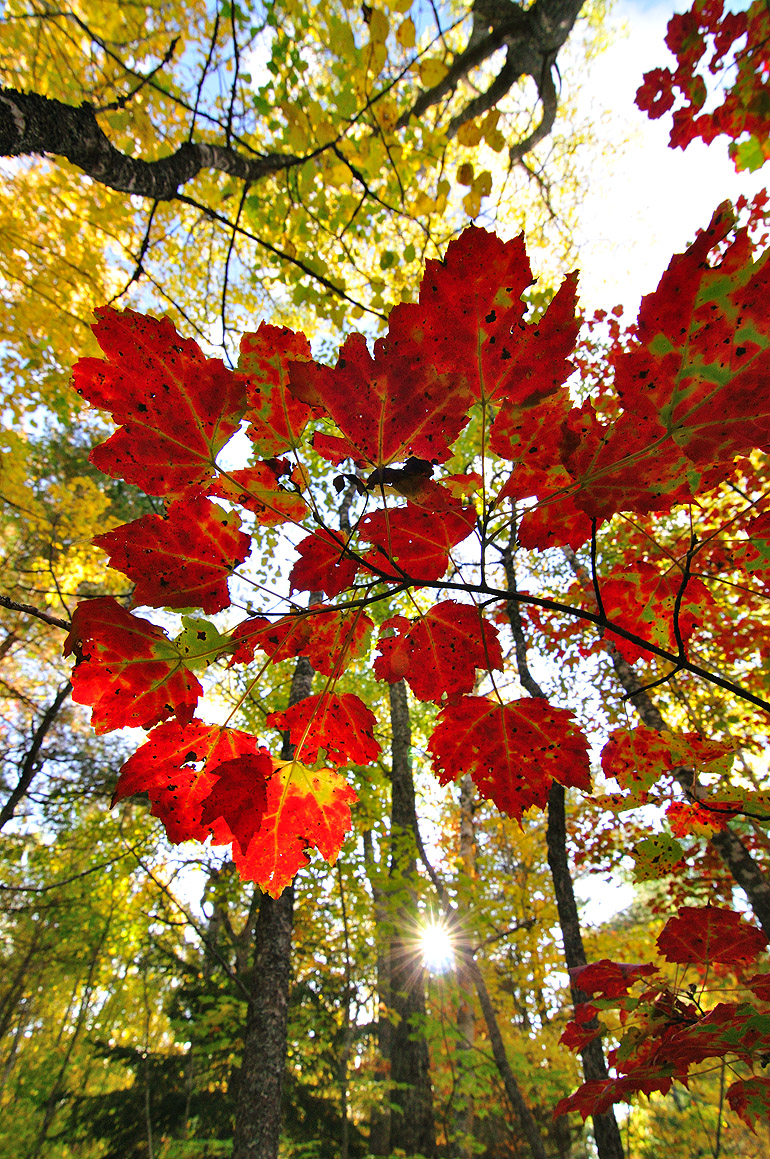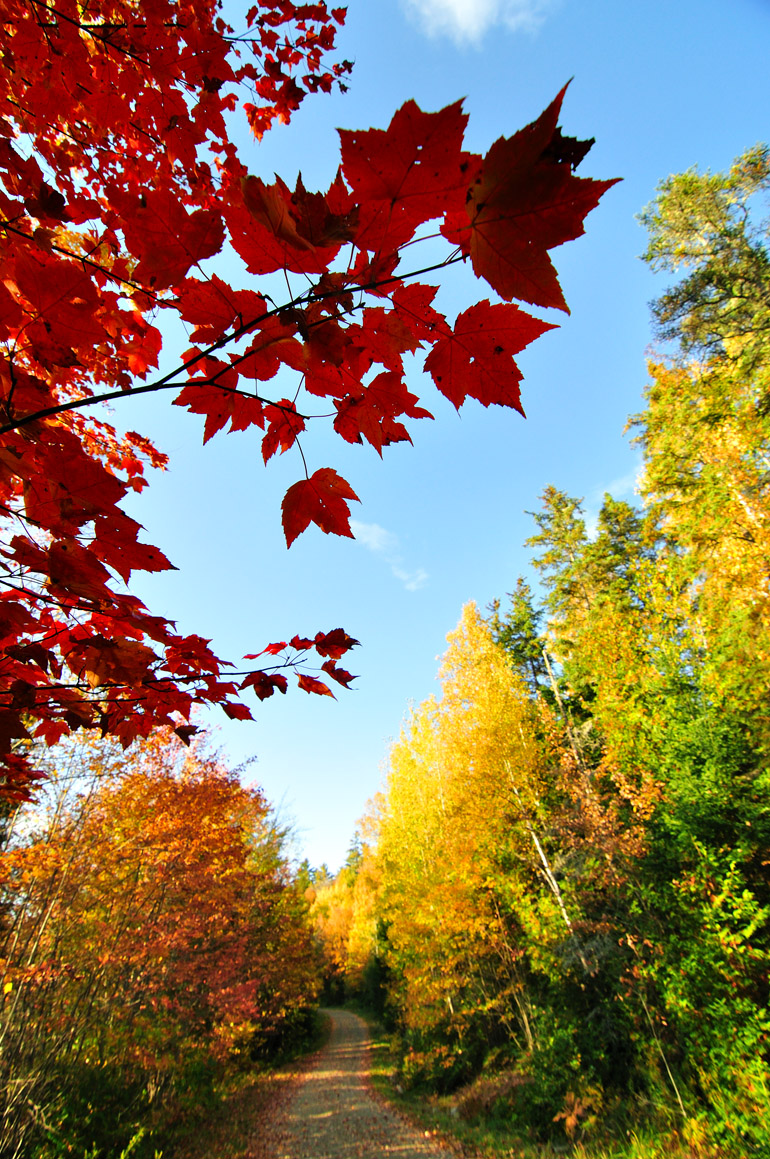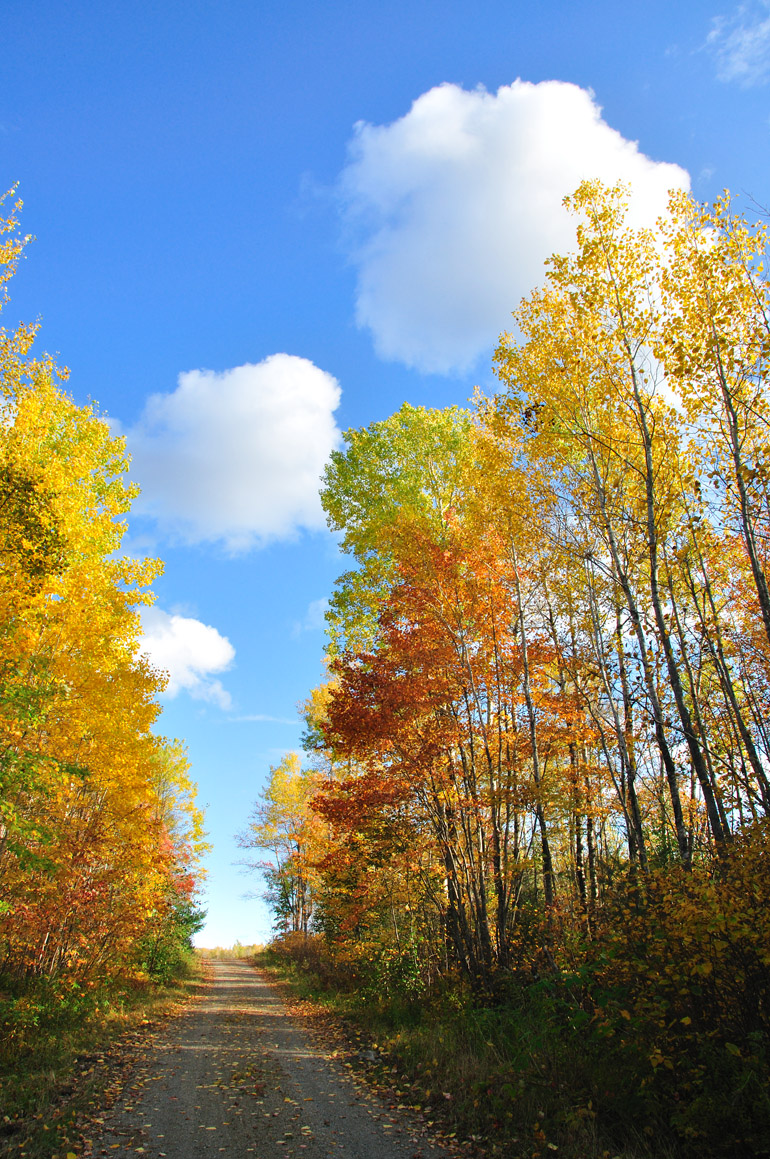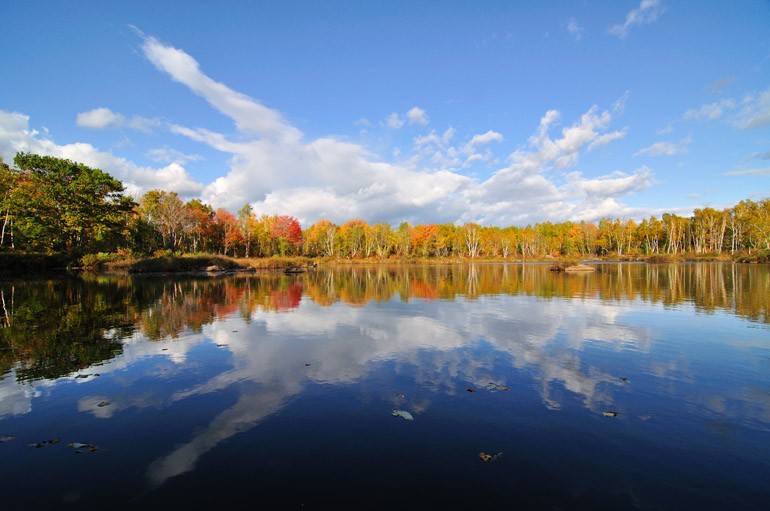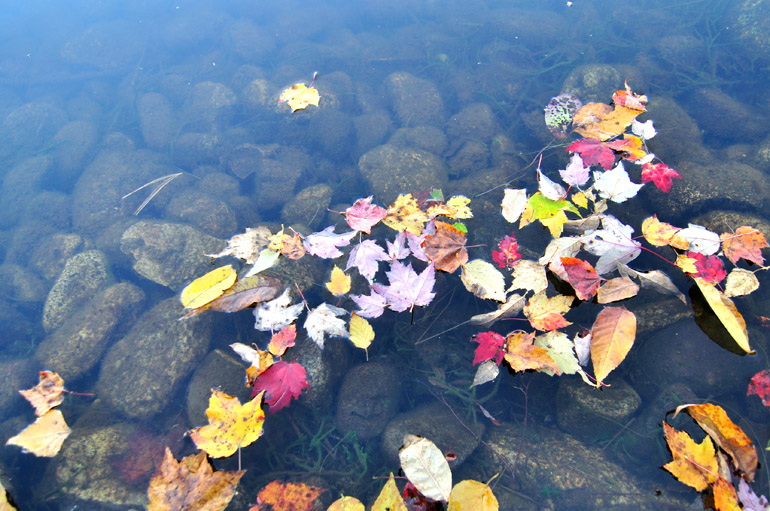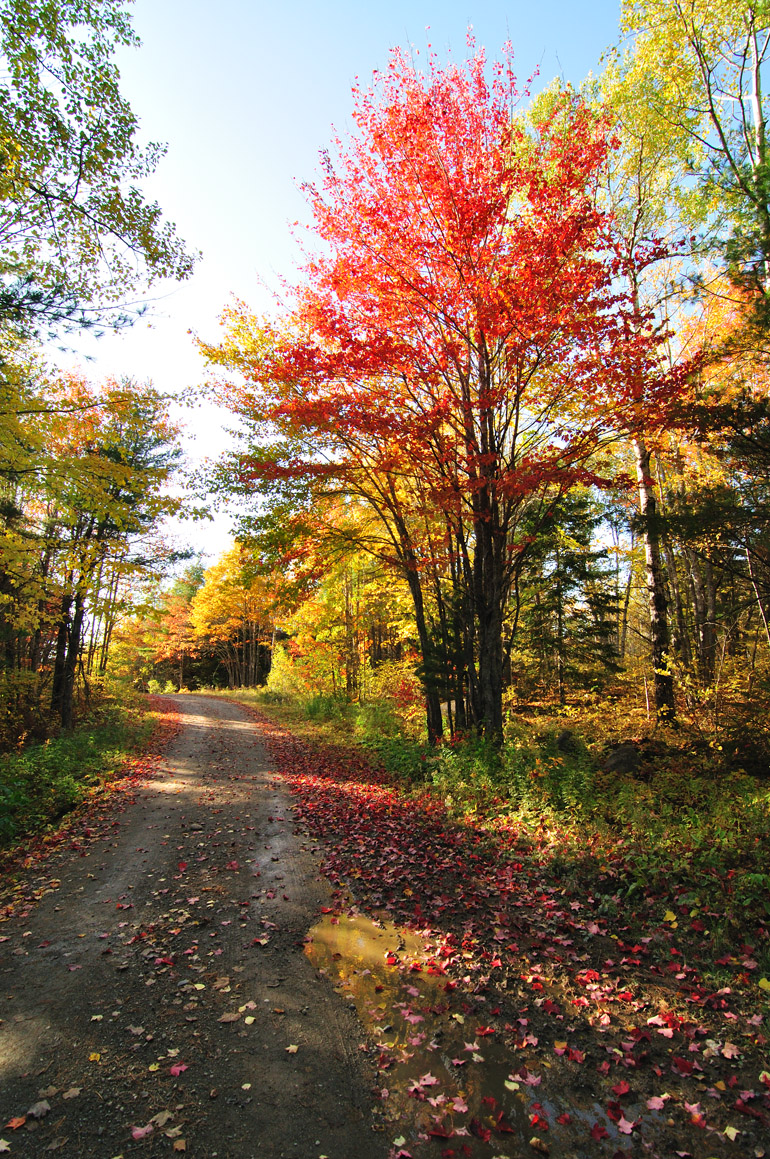
Day 4 was yet another overcast one. Somewhere near Meddybemps, though, the red blueberry fields caught my eye.
On Day 4 of my Maine fall vacation, a Thursday, my family and I drove through Calais and some area towns that are known for their blueberry production and not much of anything else.
At about 3,500 people, Calais itself is the largest city in Washington County. It's a border town with New Brunswick, Canada, and contains the bigger shopping complexes in the area, including Walmart and Dunkin' Donuts, both longtime favorites of my family when I was a child.
Most people I know in Florida take having a large supermarket within a mile or four CVS pharmacies to choose from for granted. But those in rural parts of Washington County - heck, it's all rural, actually - are used to traveling two hours to buy goods that aren't available at the local general store. It's a different life, a simple one. But being so far removed from "civilization" isn't necessarily a bad thing.
Mainers find ways to cope with the lives the live. They're happy with less material stuff, a quality I deeply miss and completely despise in some Floridians. They hunt and fish, not necessarily for sport, but for sustenance. And most importantly, Mainers are aware of the natural beauty that surrounds them, and they appreciate the spectacular vistas that not having shopping malls and sports stadiums can afford.
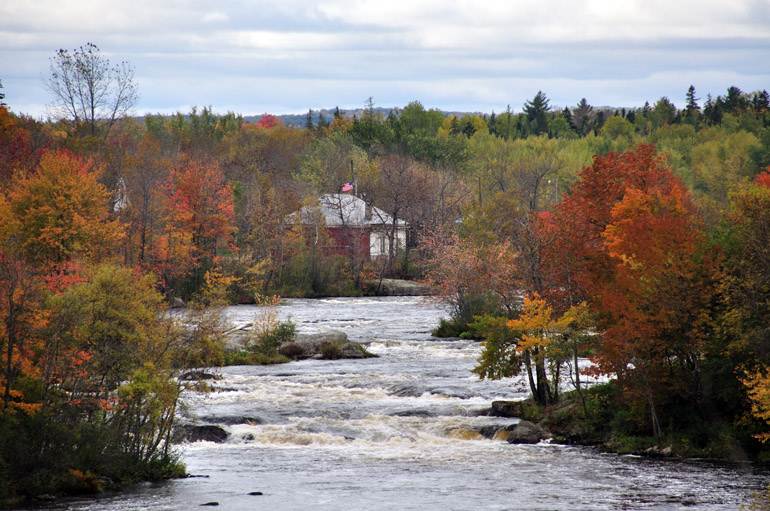
Taken in Calais, high above the St. Croix River, this photo shows the United States to the left and Canada to the right.
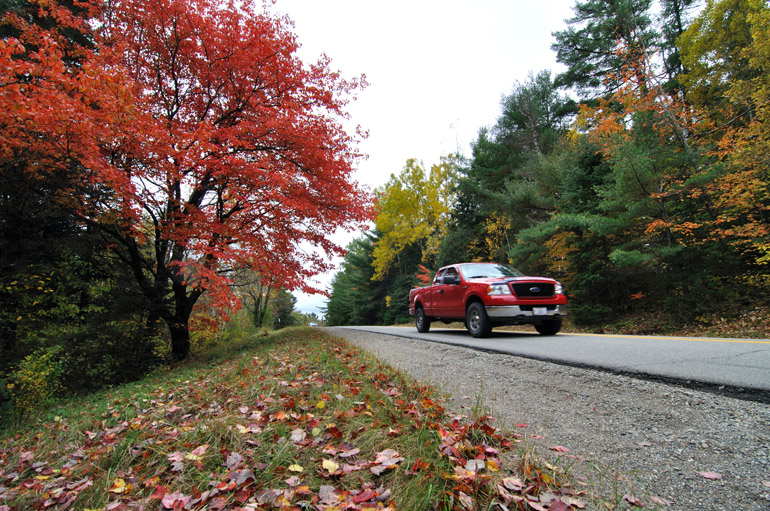
A truck drove by on the Charlotte Road, somewhere south of Calais, adding more red to an already red-filled scene.
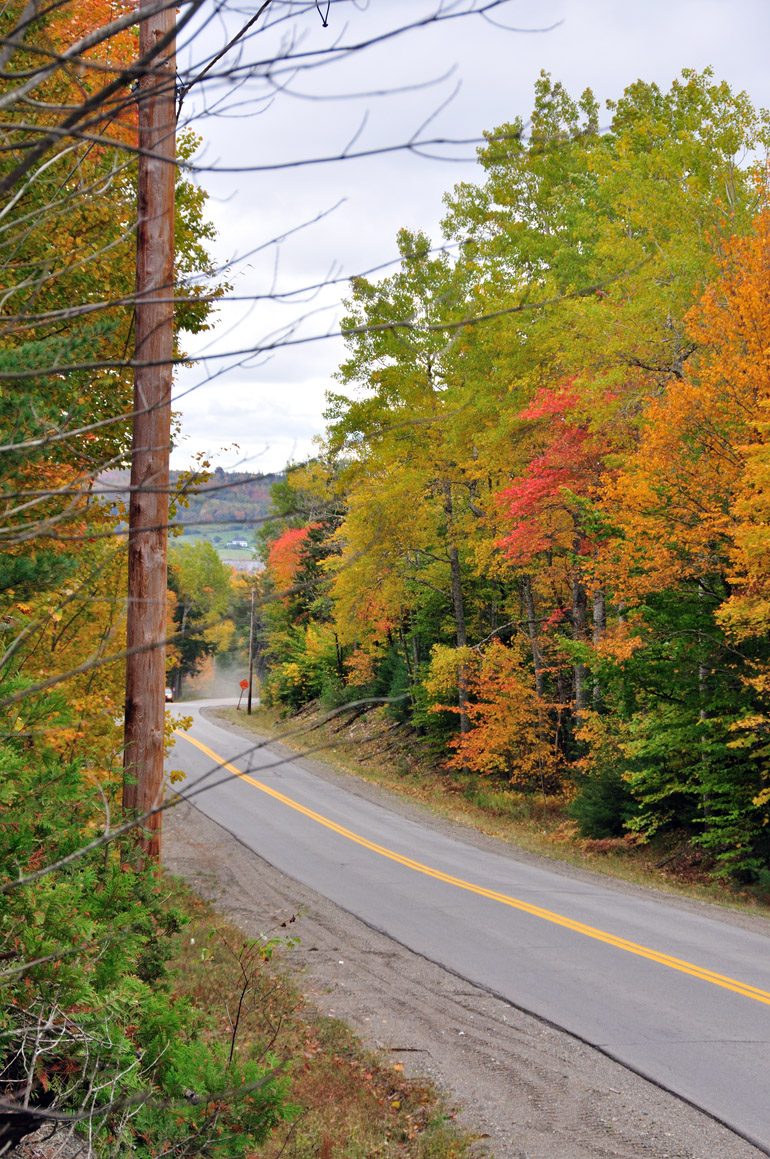
Closer to Charlotte, still on the Charlotte Road, the terrain becomes hillier.
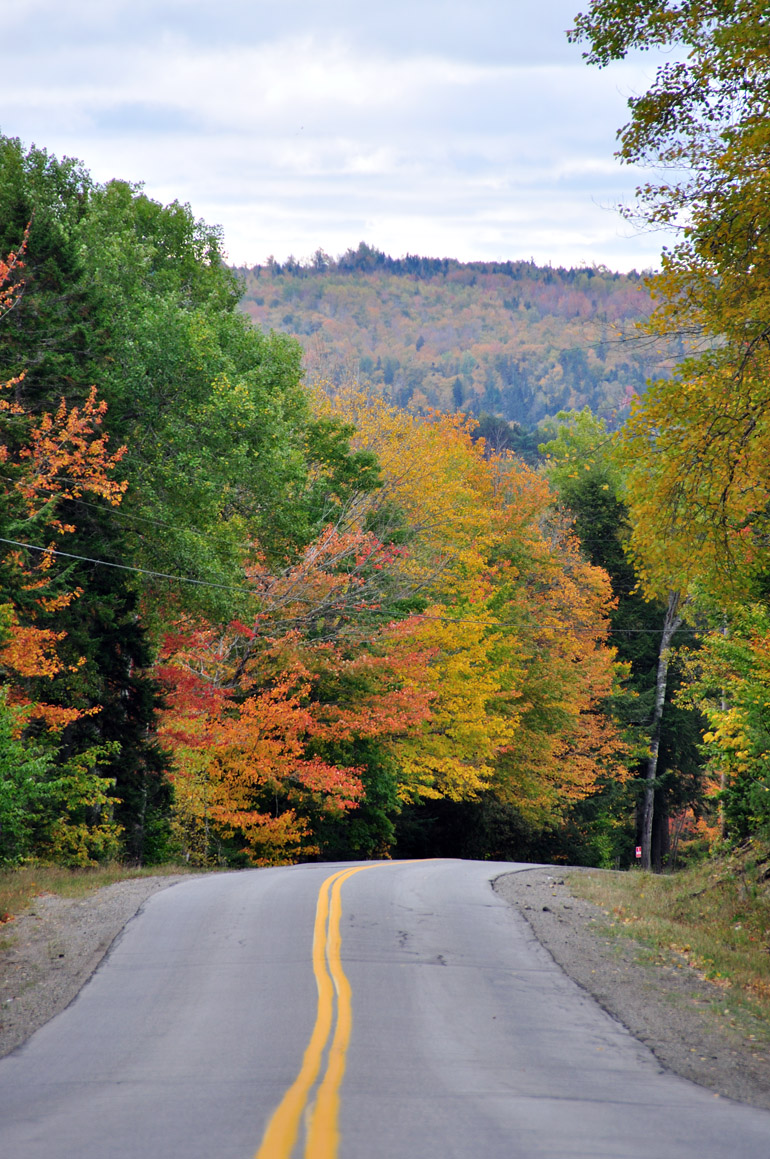
I got so used to two-lane roads - which were primary routes, too - while I was learning to drive that moving off to college and driving on the highway made me nervous at times. Of course, I'm used to it now because nearly every major road in Florida has at least four lanes.
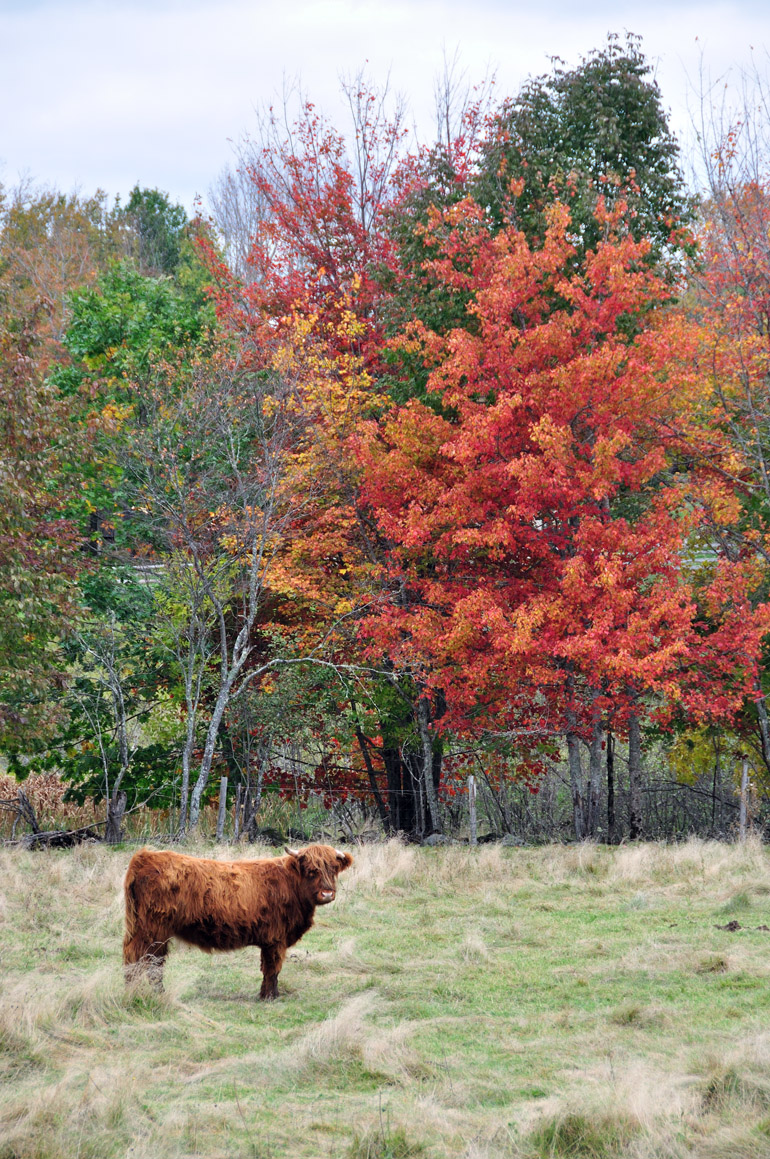
Stopping to shoot a mangy bovine critter.
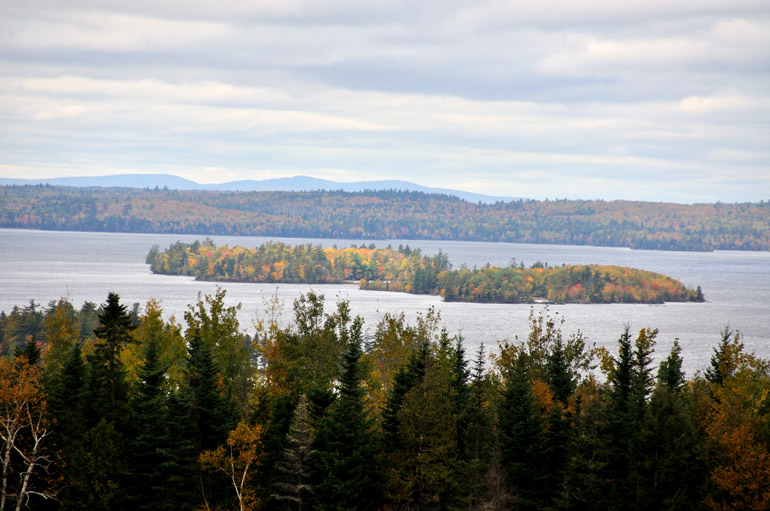
The high blueberry fields in Meddybemps offer views of Meddybemps Lake below.
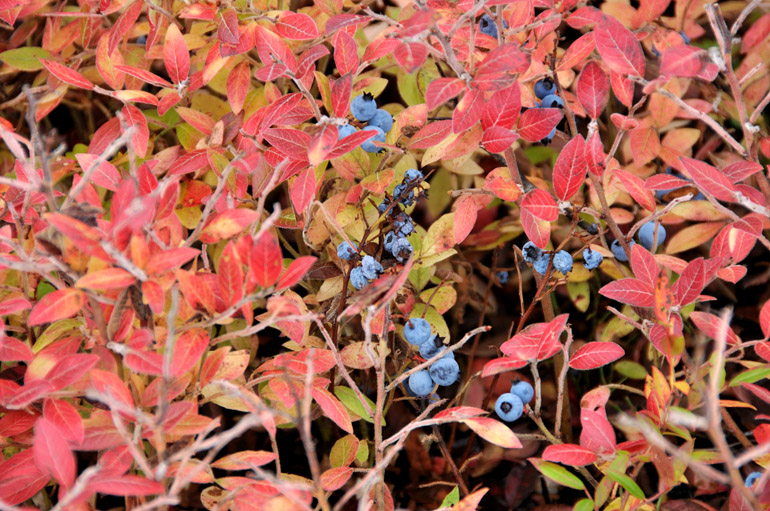
Some blueberries were left on the low bushes, which were harvested in late August. Maine, of course, is the largest producer of wild blueberries in the world. They're much smaller than the cultivated California varieties, but they're also much sweeter and more flavorful. I spent many a summer in Maine bending over and raking them from the bushes for a quick buck or two.
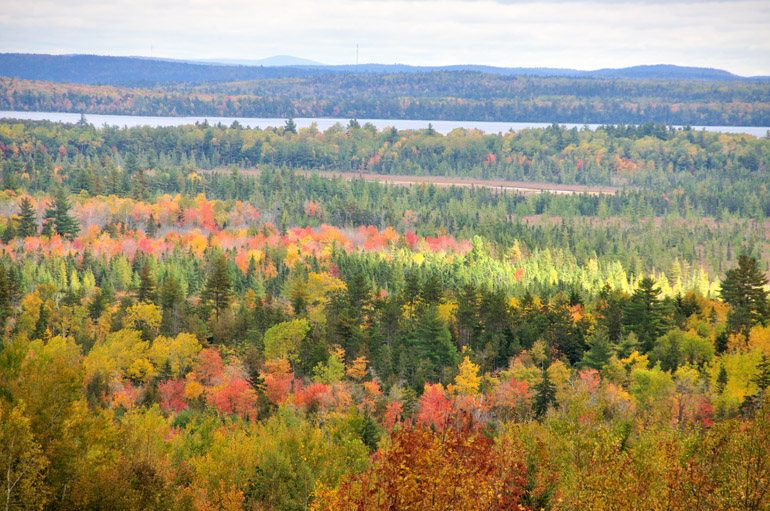
The sun broke through the clouds a few times, spotlighting the colorful foliage.
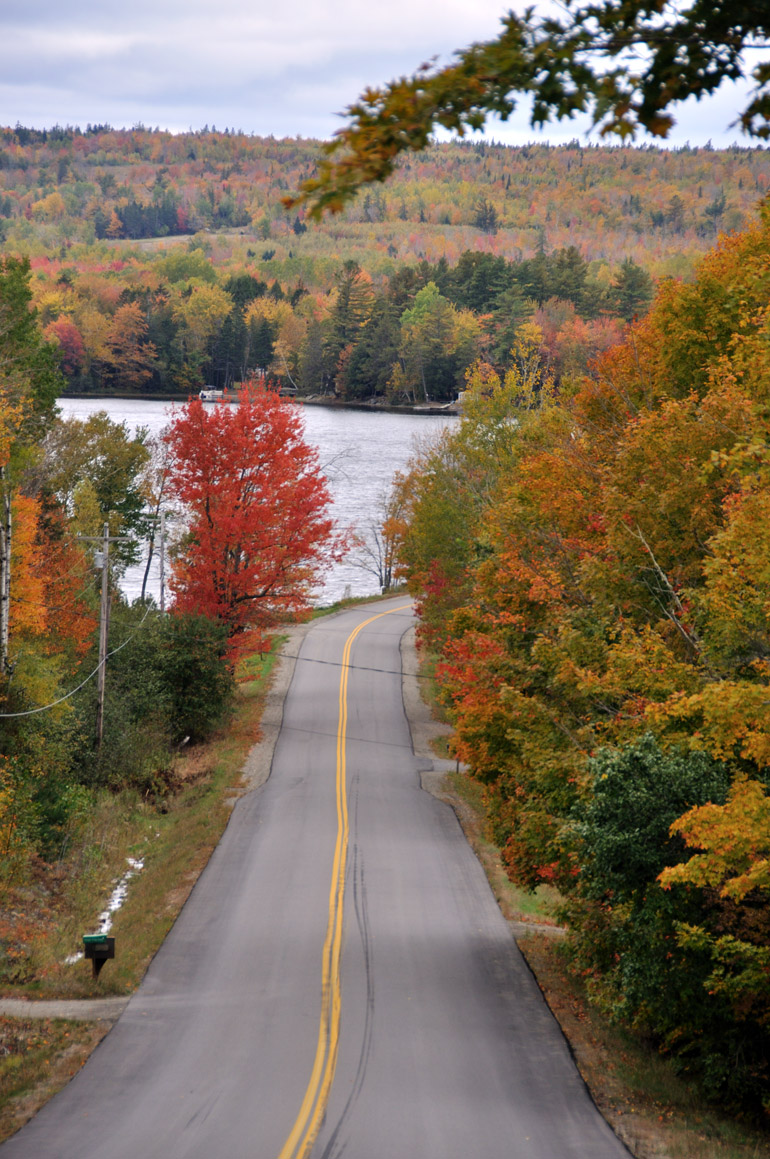
I think this is looking down at Pleasant Lake in the Cooper area.
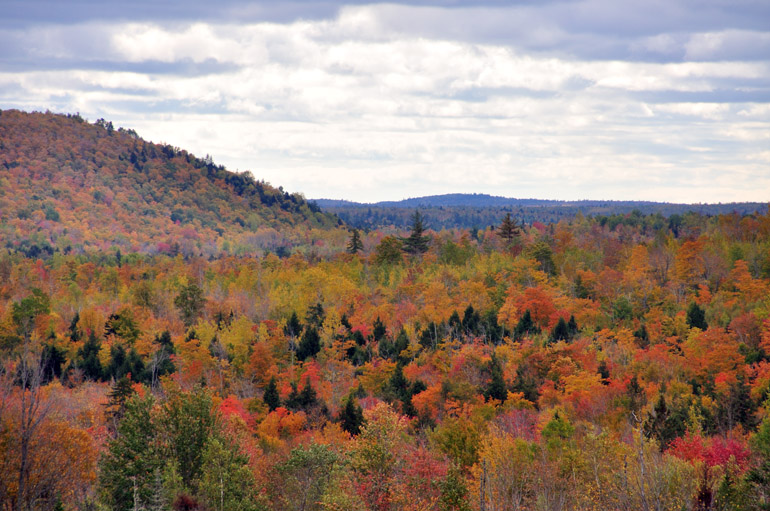
Mainers refer to their roads as simply "Route," then the number. They don't distinguish county roads from state roads or U.S. highways. The photo above is taken of the hills along Route 9, an east-west roadway that connects Calais with the greater Bangor area, where much of the serious shopping was done by those from Washington County. It's about a two-hour drive.

When I returned home in the afternoon, my parents and I packed up the van and headed over to the "farm," my grandparent's place where there's a small garden and a few apple trees. The apples produced by these trees, which don't need species categorization, could basically be considered wild. They aren't often sprayed with pesticides, and they're perfect for regular eating, pies and, of course, apple cider.

For this photo, my father was in the tree, shaking the branches. That's why you see one airborne apple just below the shed in the background. Plucking them off the ground is much easier than picking them from the trees.
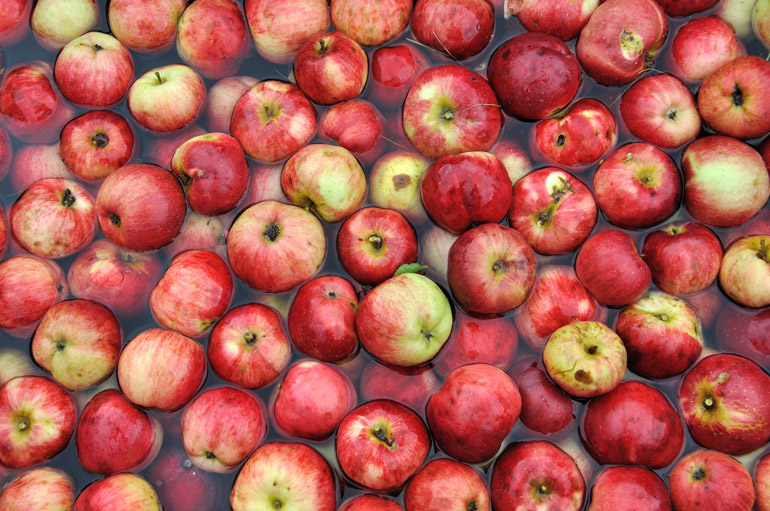
The apples are washed in a wheelbarrow.
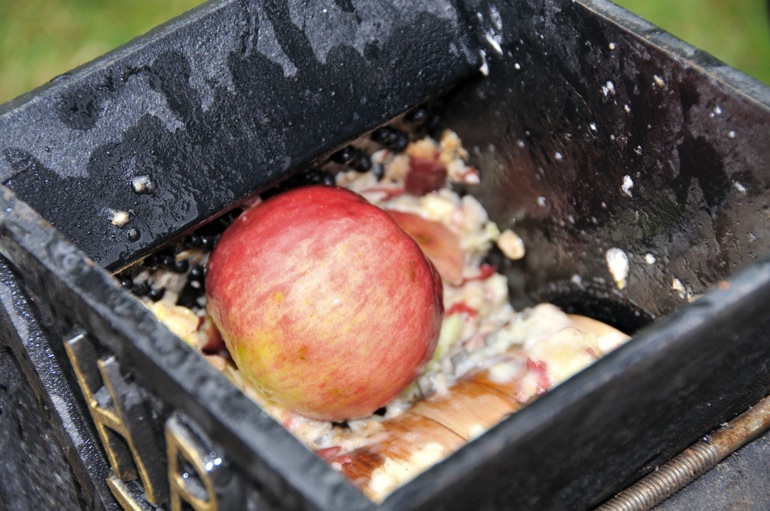
They're ground to bits and pieces.

Once the container on the press is full, a board is placed on top of the chunks, offering a pressure point for the giant screw that presses them.

As the chunks are pressed, the cider starts to flow.
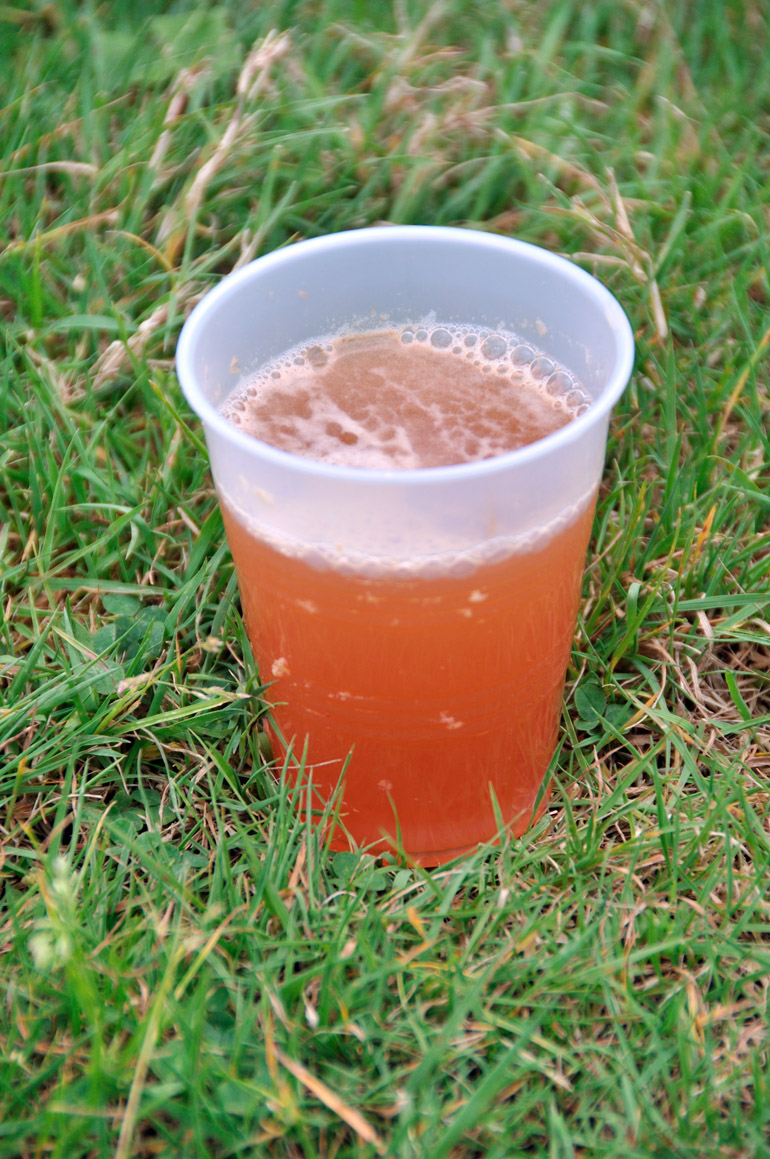
This cider comes out more tart than most people are accustomed to, but it's my favorite.
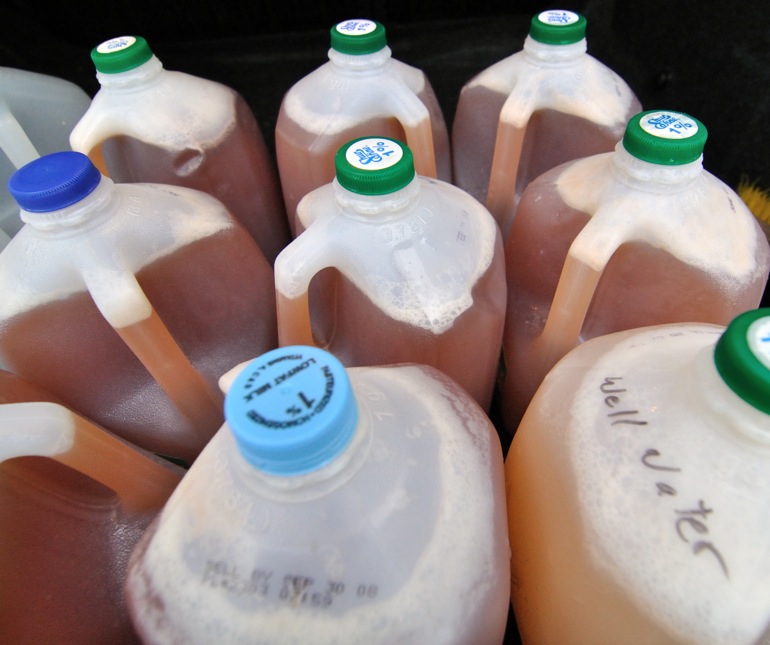
We got nine gallons out of a quick afternoon of pressing.


